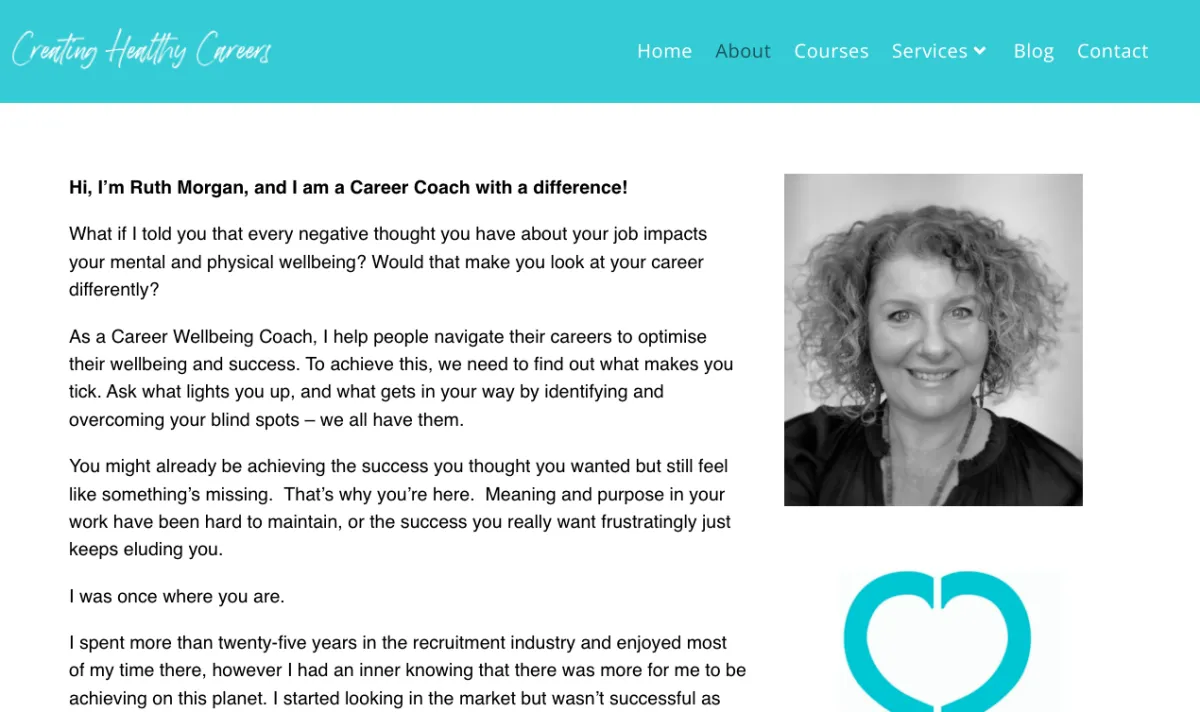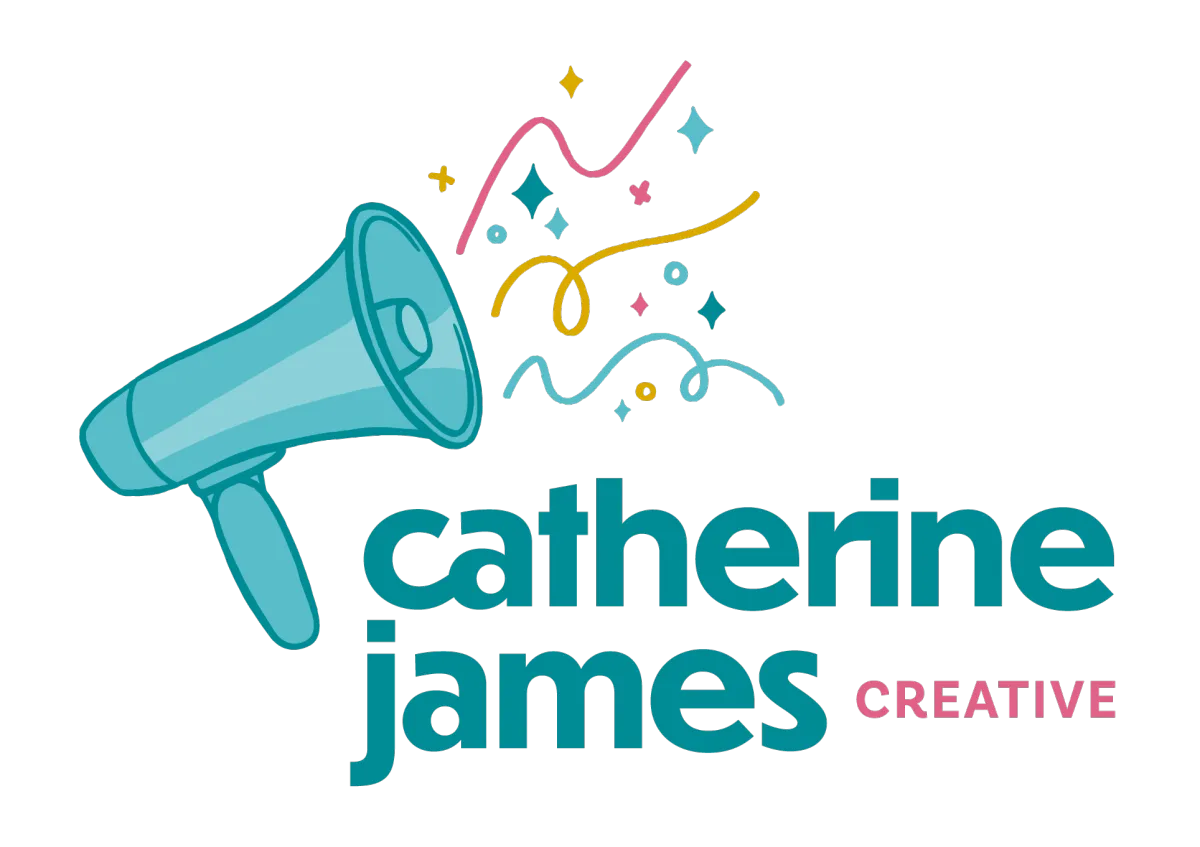

Build a Strong Foundation for Your Website Content.
“When you get the fundamentals right, your website will truly shine!"
Creating compelling website content is essential for engaging visitors and driving business success. By understanding the fundamental principles and strategies for developing impactful content, you can effectively communicate your brand's value and engage your target audience.
Here are ten essential steps to guide you in building a solid foundation for your website content.
1. Define Your Main Offer or Unique Selling Proposition (USP)
Your Unique Selling Proposition (USP) is not just a feature—it's the compelling reason why customers should choose you over others. Think succinctly and clearly: What can you offer that no one else can?
Kick off your website copy journey by pinpointing what sets your service or product apart from the competition with a hook or catchy headline. Don't waste time. Grab their attention.
2. Clearly Define Your Target Audience and Desired Actions
Who are you speaking to? Understanding your audience is crucial to successful copywriting. Equally important is to specify what you want them to do—whether that's making a purchase, signing up for a newsletter, or following your brand on social media.
3. Choose a Writing Style That Resonates with Your Audience
Your copy's tone should mirror your audience's preferences and style. Is a casual, conversational style appropriate, or do you need a more formal tone? For younger audiences or less formal products, a conversational style—like chatting with a friend—may be more engaging, but this doesn't work for all audiences. Clearly defining your target audience (see step 2 helps with this).
4. Outline Your main 3-5 Key Messages
Distil what you want to communicate into 3-5 essential points. This keeps your website's Home Page copy focused and impactful. Each message should support your main objective and resonate with the audience's needs and desires.
5. Map out the Home Page Content Structure
Before you write content, plan the layout of your Home Page to ensure visitors find what they need without friction. Prioritise information strategically; what needs to be immediately visible? Organise content with headings, subheadings, and bullet points for easy navigation. Ask friends to test drive the website and take on their feedback about confusing messages or unclear instructions.
6. Lead with a Powerful Headline or Purpose Statement 'Above the Fold'
Capture attention right from the start with a compelling headline. Positioned "above the fold" (i.e., visible without scrolling), this should highlight your USP or the main benefit that speaks directly to the visitor's interests or needs.
7. Use Data to Back Up Claims or Ideas
Support your assertions with concrete data to build credibility. Providing evidence persuades people, whether it's market statistics, product benefits, or success rates. However, you must adequately cite each statistic or fact to enhance trustworthiness. Be sure what you're claiming is true.
8. Incorporate Social Proof
Showcase testimonials, reviews, and endorsements to alleviate anxieties and boost confidence among potential customers. Social proof helps to validate your offers and can significantly influence decision-making processes.
9. Have a Strong Call to Action
Every section of your website should guide visitors to an action. Make your call to action (CTA) clear and compelling—whether it's signing up, getting more information, or viewing a product. The more specific your CTA, the better the engagement.
10. Start Planning Your Blog Topics
Content marketing via blogs is a powerful strategy for engaging and educating your audience. Identify themes and subjects that resonate with your audience to keep them connected and interested. Use insights from interactions, surveys, and trending topics to make your blog a relevant resource.
Following these ten steps will help you create a website that supports your business and captivates and engages your visitors. The steps are structured to build on each other. Knowing your target market before choosing a writing style is helpful, so follow each step and spend enough time on each. This approach will enhance your website's impact and make it a valuable resource for your audience.
Why navigate the complexities of content creation alone when expert help is just a click away? Ready to see your website transform and really connect with your audience?
Contact me today to harness the power of strategic content that speaks directly to your customers' hearts and minds.
Click here to start our collaboration and watch your engagement soar.
Active voice versus passive - which one should I use?
Active voice tells you who did the action - person or thing. Sarah took the coffee. We proposed a new plan. Think of the Optus data breach apology “We’re deeply sorry.” If Optus had included “Mistakes were made”, - this would have been a passive voice.
Read More


How I collaborated with a business coach to produce her first book
Ruth had everything she needed to write her book bringing together over 30 years of experience in recruitment and career coaching, but she wanted to make sure it was the best it could be, so she engaged my services as an editor.
Read More
Starting a business is like gardening…
You don’t need to be a gardener to understand these analogies that struck me while gardening on the weekend.
Read More


How to write a blog…
This blog will give you a simple method to get started blogging and the confidence to give it a go.
Read More
Creating an about me
Ruth needed an engaging About Me page. She wanted to refresh her website copy and connect with people who would benefit from her Career Clarity Courses.
Read More


How to create FAQs for your website
FAQs are an essential selling tool because these questions are the very same ones the target market is asking in their own head. If you cannot answer these for the customer, the customer will go elsewhere to a company that can.
Read More
How to ‘Re-Purpose’ Your Content
Here are a few tips on how you can re-work big chunks of copy (like an FAQ) so that you get maximum usage out of the copy you have written.
Read More


How To Create Instant Content.
When it comes to offering prospects and customers a chance to ‘get to know you’, content marketing is the name of the game.
Read More
Catherine James Creative acknowledges and pays respect to the past, present and future Traditional Custodians and Elders of this nation and the continuation of cultural, spiritual and educational practices of Aboriginal and Torres Strait Islander peoples.
© Copyright 2025 - All Rights Reserved, Catherine James Creative


Facebook
Instagram
LinkedIn